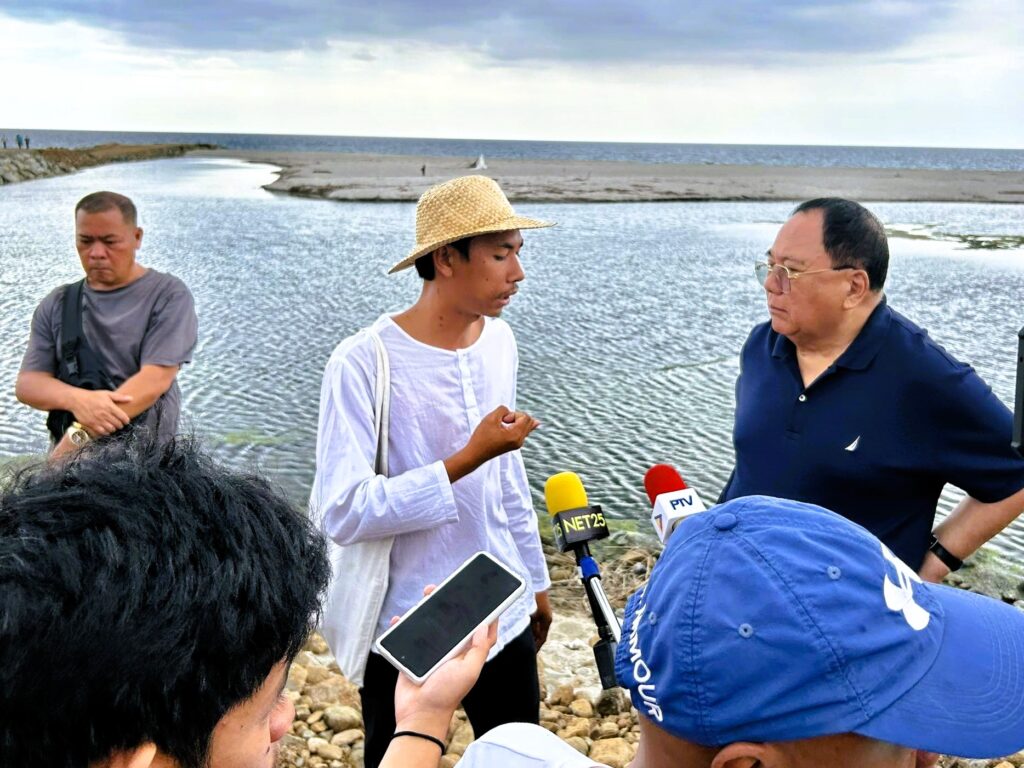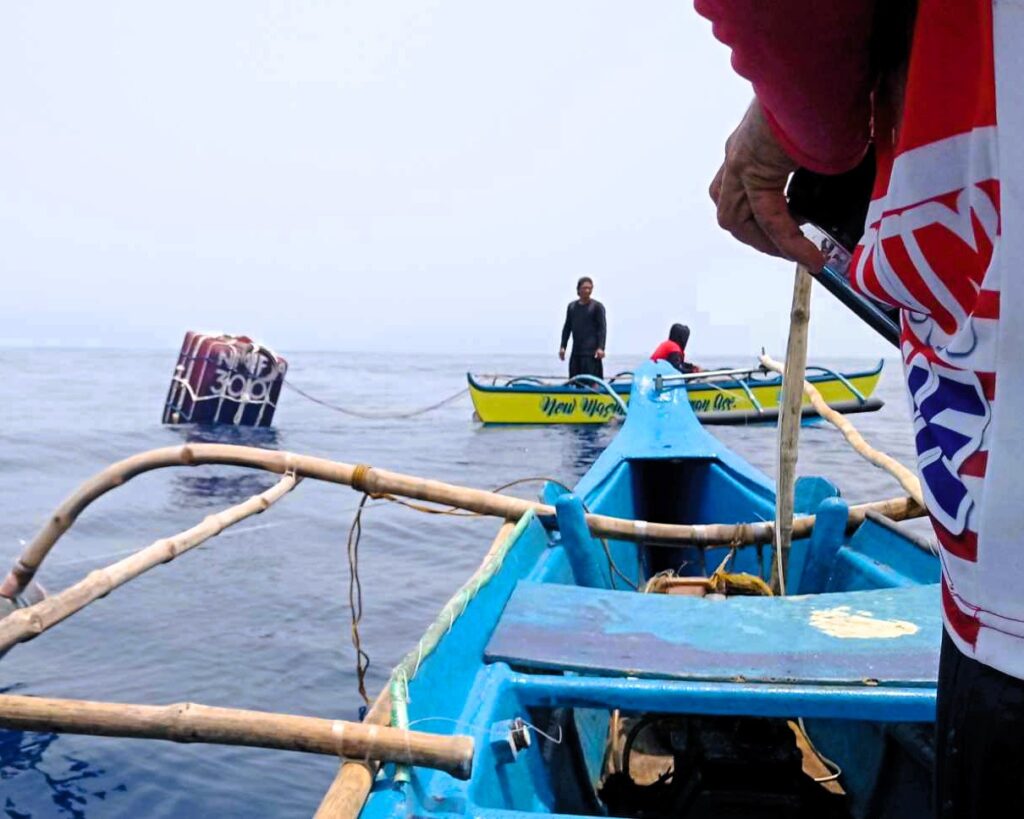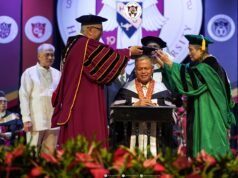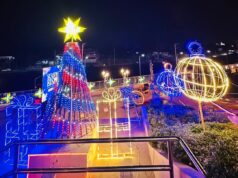
IBA, Zambales — The provincial government of Zambales has put up concrete solutions to sustain the livelihood of local fishermen in face of continuing geopolitical tension at the West Philippine Sea (WPS).
Gov. Hermogenes Ebdane Jr. said the local government will initially distribute fish aggregating devices, or payao, worth P1.8 million to affected fisherfolk, as part of a larger P4.5-million fund earmarked to increase local fish harvest.
“We need tangible steps to help our people, even as we seek diplomatic remedies to solve the situation at the West Philippine Sea. For us, the welfare of local fishermen is a priority, as food security should likewise be a priority,” said Ebdane.
The governor, who served as Secretary of National Defense in 2007, said the payao project also serves as a strategic measure to keep Zambales fishermen safely fishing at sea, while asserting ownership and control of waters within the country’s exclusive economic zone (EEZ).
Local fishermen used to have a bountiful catch at the contested Scarborough Shoal or Bajo de Masinloc in the WPS, which lies just 241 nautical kilometers west of Zambales. However, this traditional fishing ground has been under de facto Chinese control since 2012.

Ebdane said that under the program, the provincial government of Zambales will provide a total of 20 units of payao to qualified fisherfolk organizations in the province to guarantee fish catch, increase local income in capture fisheries, and ensure quality and sufficient fish supply in the locality.
The payaos will be deployed within the 15-km boundary of municipal waters, but no less than 10-km from the shoreline.
“If the P4.5-million fund would be used completely for payaos, then we can come up with about 45 units of these fish aggregating devices,” Ebdane said. “The anchor line, or the ropes securing the payao to the anchor, could run up to a kilometer long and is the most expensive component.”
According to Edwin Domingo, head of the Fisheries Development Unit of the Provincial Agriculture Office (PAgO-FDU) that supervises the program, each set of payao, including labor expenses for fabrication, hauling and installation, would cost close to P90,000.
He said the payaos will be constructed and installed by the fisherfolk beneficiaries with direct supervision by his office. The PAgO-FDU will also conduct monthly monitoring of the project.

So far, 20 fisherfolk groups have been identified for the payao program, said Domingo. These include one group in Subic town; two organizations each in the towns of San Antonio, San Narciso, Cabangan, Botolan, Palauig, and Candelaria; three in Iba; and four in San Felipe.
The payao project came about following the formation in July last year of the Zambales Maritime Development Council (ZMDC), another initiative by Ebdane to address fisherfolk concerns amid the continuing WPS problem. The council includes representatives of fisherfolk groups in the province.
Ebdane has also encouraged small fishermen in Zambales to organize themselves into cooperatives, so that they could avail of financial and equipment assistance from the government.
The ZMDC had so far been instrumental in coordinating local projects for fisherfolk, including seminar-trainings conducted by the PAgO with the Philippine Merchant Marine Academy on safety and survival at sea, as well as combatting marine pollution.
Both training activities were designed to enhance the knowledge of fisherfolk and help ensure sustainability of the local fishing industry, Ebdane noted.




